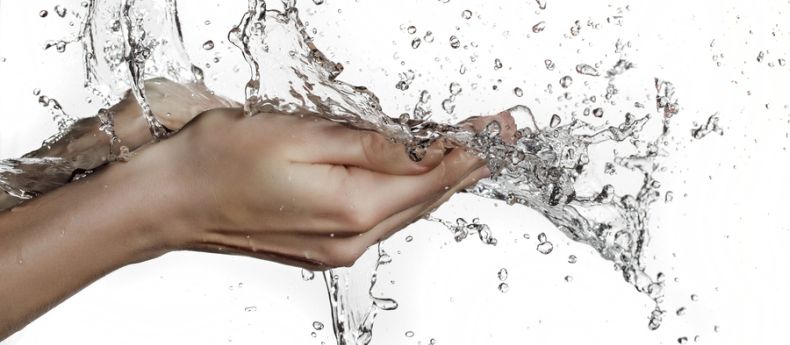
Handwashing: A Main Barrier to Getting Infected
Whether it is preventing H7N9 avian flu, other viruses, or just the common cold, frequent handwashing is often your best defense against any number of potentially dangerous infections.
Please wash your hands!! How many times a day to you have to remind your kids? And how about you? Do you wash your hands as often as you should? And how often is that, anyway?
Handwashing is the act of cleansing the hands, with or without water. Handwashing removes visible dirt and substances as well as things that you can’t see – namely, pathogens such as bacteria and viruses that can spread disease. Many respiratory infections, gastrointestinal illnesses and skin infections are acquired when hands that are contaminated by pathogens touch your nose, mouth and eyes.
When should I wash my hands?
Handwashing should always be done before:
- Food preparation and eating
- Handling contact lenses
- Touching/caring for a person who is ill or has open wounds
Handwashing should always be done after:
- Food preparation (especially raw meat, poultry)
- Using the bathroom
- Changing diapers
- Touching animals/animal waste/animal toys
- Blowing one’s nose or coughing, sneezing into one’s hands
- Treating wounds
- Touching an ill person
- Handling trash or other soiled items
What constitutes correct and adequate handwashing?
Do I need to use soap? Do I need to use antibacterial soap? What about liquid vs. bar soaps? Should the water be hot? What if I don’t have access to a sink, running water and soap?
These are all very good questions. Water alone is not sufficient to cleanse hands because water does not effectively remove the fats, oils, and proteins that harbor pathogens that spread infection. To remove pathogens with water alone, you would need two gallons of running water per minute. Thus, the addition of soap to running water helps to lift the fats/oils/proteins from the hands so that pathogens can be washed away in the lather produced. Correct handwashing includes wetting the hands with running water, applying soap, lathering well, rubbing hands vigorously for at least 20 seconds, rinsing well, and drying with a clean or disposable towel. If you really want to do it right, use the towel to turn off the tap.
Contrary to popular belief, hot water that you could wash your hands in is not hot enough to kill bacteria. However, warm, soapy water, is more effective at removing the fats and oils that harbor microorganisms than cold water is.
Also contrary to popular belief, antibacterial soaps are NOT more effective than regular soaps at removing pathogens. In fact, the antibacterial agent in many of these products is Triclosan, to which many organisms have already developed resistance. Furthermore, there is growing concern that the widespread use of these antibacterials may help to select out increasingly resistant organisms, thus adding to the global problem of drug-resistant infections. Bottom line, regular soap is just fine.
In regard to bar soaps, aside from being messy and gunking up the side of the sink, they are perfectly fine to use. Although bacteria may persist on bar soaps, these organisms would be washed away with the lather, so there is virtually no risk of transferring bacteria from one person to another.
Hand drying: There’s ongoing debate about whether hand dryers actually spread bacteria and infection. The jury is still out on this. However, it is true that the filters under most hand dryers do not get cleaned regularly, and they look pretty filthy. Therefore, when you have a choice, go for the paper towels, or consider air drying!
Hand sanitizers: These are waterless agents, mostly with either an isopropyl alcohol or an ethanol base. They contain a thickening agent to form a gel or glycerin to form a liquid or foam. To be effective in killing germs, they must have at least 60-95% alcohol content. These products may also contain emollients (skin softening agent) to minimize the drying effect of the alcohol. Hand sanitizers are an excellent option when you are out and about. However, they are not appropriate for use when your hands are visibly soiled.
Hope you keep those hands clean and yourself healthy this Spring!





